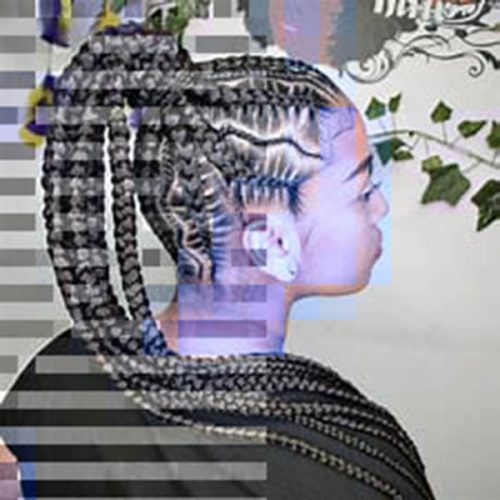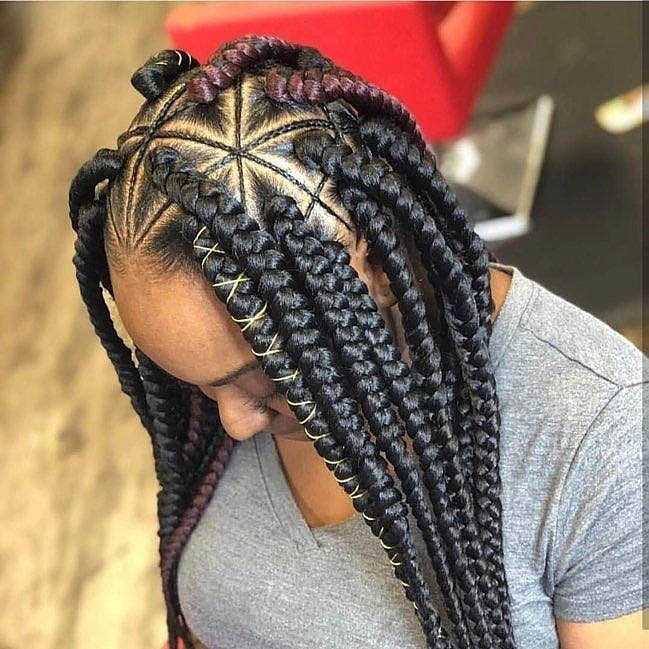The insatiable global appetite among women for looking good has, over time, served to create a multi-billion dollar ‘good looks’ industry which from a business perspective, has created lucrative entrepreneurial opportunities ranging from what, these days, are multi-million beauty sector enterprises to relatively modest but nonetheless thriving ‘beauty shops’ that have become expert at enhancing women’s sense of self, mostly by ‘doing things’ with their hair.
As far back as 2011 an estimated 16,000 tons of hair products ranging from human hair to assorted synthetics were being exported to countries for the preparation of wigs and hair extensions, an amount that was “roughly 4,000 tons higher than the year before.”
If Guyana may be a modest microcosm of ‘the bigger picture,’ the phenomenon of the global hair extensions ‘addiction’ is very much in evidence here. Our mini-survey of ‘expert’ views on the hair industry (the sources of our expertise being both hairdressers and local hair extension converts) have informed that there is no other aspect of the women’s beauty industry that compares, even remotely, with the ‘hair industry’ in terms of expenditure.

Other aspects of behaviour among the service providers in the industry have changed too. These days, traditional ‘hair-dressing salons’ have diversified their businesses by entering directly into the hair extensions ‘sub-sector so that it is not uncommon to see what were once modest ‘beauty parlors’ offering a wide range of hair extensions and hair treatment products for sale as ‘side hustles’ to their substantive hairdressing services.
If nothing, it seems, can dim the enthusiasm of women for using hair adornments as extensions of themselves, the industry itself is not without challenges, deriving mostly from its size and the sheer volume of global product demand. As the industry has grown, the challenges have become more formidable. Accused in some corners of the beauty industry of being ‘party poopers,’ environmentalists continue to ‘churn out’ decidedly unpalatable data that have to do with what they say is the impact of discarded braids and wigs on the environment.
Statistics that have been proffered on this issue suggest that when braids and synthetic wigs have had ‘the last bit of life’ squeezed out of them they then contribute to an estimated 281 million tonnes of global synthetic waste.
One suspects that most people using synthetic hair probably do not stop to contemplate the environmental impact of the indiscriminate disposal of what are, in some instances non-biodegradable products mainly made of polyester, acrylic or PVC.
The Stabroek Business’ own conversations with both local hair stylists and converts of synthetic braids revealed that the environmental ‘kickback’ from the indiscriminate disposal of ‘false hair’ is not “an issue” in a local beauty industry that is far too busy causing women to “look good.” The closest we came to any sense of worry in the industry over this issue came from a popular downtown hair stylist who, having listened to our question on the environmental ‘kickback’ from synthetic hair wondered aloud as to “why do they bother to sell these things, then.” The answer is absurdly simple. The global hair extension industry is expected to reach a market value of $10 billion by 2023!
But there is another side to the coin. With the seemingly unstoppable growth of the braided hair industry set to drag increasing volumes of non-biodegradable material into ‘the mix,’ it is, arguably, only a matter of time before the global emergency associated with climate change collides with the increasing universal appetite for braided hair.
Guyana’s own modest but growing braided hair industry pales into insignificance besides those in Africa, where countries like Uganda and Ghana have long been steeped in the tradition of decorative hair as an extension of women’s selves. Increasingly, the ‘hair industry’ in Uganda is attracting global attention for its response to the environmental challenge being posed by what has become the indiscriminate disposal of synthetic braids. If it was felt, hitherto, that banana trees could not even remotely come to be connected to the beauty industry then the hair industry in Uganda provides good reason for us to ‘dump’ that notion.
Once the bananas are harvested the leaves become ‘a problem’. They must be disposed of and burning throws up its own environmental hazard. Enter a Ugandan company named TEXFAD which has managed to turn banana trees and leaves into “everyday items like placemats, rugs, fabric, and hair extensions.
The Stabroek Business’ search failed to locate banana fibre hair in any shop or hairdressing salon in Guyana. There exists however, a considerable familiarity with the various types of synthetic hair in our local hairdressing community, never mind the fact that a banana braids industry appears to lie some considerable distance in the future. For a start, there are simply not enough trees to go around.









